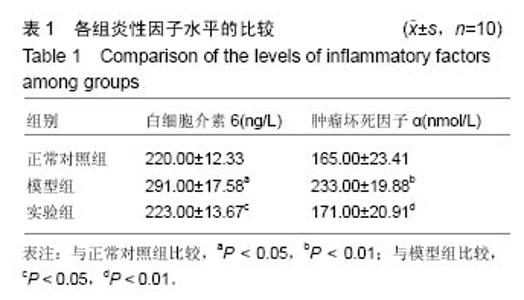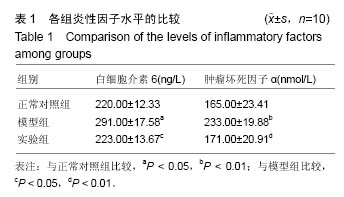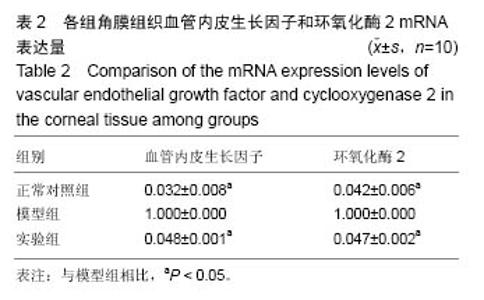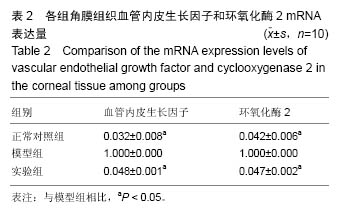| [1]何荣军,杨爽,孙培龙,等.海藻酸钠 /壳聚糖微胶囊的制备及其应用研究进展[J].食品与机械,2010,26(2):166-173.[2]MarcatoPD,Adami LF,de Melo BarbosaR,et al. Development of a Sustained-release System for Nitric Oxide Delivery using Alginate/Chitosan Nanoparticles. CurrNanosci.2013;9(1):1-7.[3]Douglas KL,Piccirillo CA,Tabrizian M.Effects of alginate in-clusion on the vector properties of chitosan-based nanoparticles.J Control Release. 2006; 115(3):354-361.[4]李彩凤,陈向红.康普瑞丁磷酸二钠壳聚糖/海藻酸钠微球的制备工艺研究[J].湖南中医药大学学报, 2012,32(10):12-13.[5]李柱来,许秀枝,陈鹏,等.ZnS-壳聚糖海藻酸钠包裹布洛芬纳米微球的制备和性能研究[J].中国海洋药物杂志, 2010,29(2):16-21.[6]De S,Robinson D.Polymer relationships during preparation ofchitosan-alginate and poly-L-lysine-alginate nanospheres.J Control Release. 2003;89(1):101-112.[7]RajaonarivonyM,VauthierC,CouarrazeG,et al. Development of a new carrier made from alginate. JPharm Sci.1993;82(9):912-917.[8]Silva MS,Cocenza DS,Grillo R,et al.Paraquat-loaded algi-nate/chitosannanoparticles: Preparation, characterization and soilsorption studies.J Hazar Mater. 2011;190(1):366-374.[9]张雨菲,李友良,姚远,等.壳聚糖纳米银溶液的稳定性及在织物抗菌整理上的应用[J].高等学校化学学报, 2012, 33(8):1860-1865.[10]鲍文毅,徐晨,宋飞,等.纤维素/壳聚糖共混透明膜的制备及阻隔抗菌性能研究[J].高分子学报,2015,59(1):49-56.[11]赵江浩,吴年浪.玻璃酸钠滴眼液对轻中度干眼病患者角膜表面规则性的影响[J].海峡药学,2009,21(11):111-113.[12]辛志坤,霍冬梅,要博.玻璃酸钠在严重眼球破裂伤修复术中的应用[J].航空航天医药,2010,21(4):494-495.[13]窦晓燕,李林,司马晶,等.角膜裂伤修补并白内障手术中玻璃酸钠的应用[J].眼外伤职业眼病杂志, 2006,28(1):38-40.[14]幸正茂,刘菲,袁进.角膜碱烧伤的免疫学机制研究进展[J].眼科研究,2010,28(8):796-800.[15]中华人民共和国科学技术部.关于善待实验动物的指导性意见.2006-09-30.[16]孙京华,陈艳艳,刘常明,等.b-FGF,VEGF在碱烧伤大鼠角膜中的表达与新生血管的关系[J].眼外伤职业眼病杂志(附眼科手术),2007,29(2):81-84.[17]邱培瑾,姚克,裘世杰,等.大鼠角膜碱烧伤后碱性成纤维细胞生长因子在角膜中的表达及意义[J].眼科研究, 2002, 20(2):101-104.[18]邱培瑾,姚克,朱丽君,等.鼠角膜碱烧伤后血管内皮细胞生长因子在其角膜中的表达及意义[J].中华眼科杂志, 2002, 38(5):58-61,74.[19]颜世龙,梁丹,林妙丽,等.碱烧伤大鼠角膜新生血管模型的初步探索[J].眼科学报,2005,21(4):165-169,172.[20]闫丽梦.普萘洛尔对小鼠角膜碱烧伤模型中新生血管抑制作用的实验研究[D].南方医科大学,2014.[21]邱培瑾,姚克,朱丽君,等.鼠角膜碱烧伤后血管内皮细胞生长因子在其角膜中的表达及意义[J].中华眼科杂志, 2002, 38(5):58-61,74.[22]赵雁之.玻璃酸钠模拟粘蛋白功能和重建生理泪膜的机制研究[D].南昌大学医学院,2013.[23]万秀玉.含玻璃酸钠海藻糖滴眼液的研究[D].山东大学, 2006.[24]杜立群,吴欣怡,霍伟.不同生物膜在兔角膜碱烧伤急性期应用的生物学反应[J].眼科新进展, 2006,26(10): 725-728.[25]邬桂玉,赵敏,计岩.溴芬酸钠/壳聚糖纳米粒蛋白胶胶联羊膜的制备及其对兔角膜新生血管的影响[J].第三军医大学学报,2013,35(6):495-499.[26]Haidar ZS,Hamdy RC,Tabrizian M.Protein release kinetics for core-shell hybrid nanoparticles based on the layer-by-layer as -sembly of alginate and chitosan on liposomes.Biomaterials.2008;29(9): 1207-1215.[27]周炼红,胡燕华,徐惠民,等.碱烧伤后抑制角膜新生血管的实验研究-血管内皮生长因子 165反义RNA的作用[J].眼外伤职业眼病杂志,2004,26(4):217-220.[28]Li WW,Grayson G,Folkman J,et al.Sustained-release endotoxin. A model for inducing corneal neovascularization.Invest Ophthalmol Vis Sci. 1991; 32(11):2906-2911.[29]Kawamura A,Tatsuguchi A,Ishizaki M,et al.Expression of microsomalprostaglandin e synthase-1 in fibroblasts of rabbit alkali-burnedcorneas.Cornea.2008;27(10): 1156-1163.[30]Castro MR,Lutz D,Edelman JL.Effect of COX inhibitors on VEGF-induced retinal vascular leakage and experimental corneal and choroidal neovascularization. Exp Eye Res.2004;79(2):275-285.[31]Kuwano T,Nakao S,Yamamoto H,et al. Cyclooxygenase 2 is a key enzyme for inflammatory cytokine-induced angiogenesis.FASEB J.2004;18(2): 300-310.[32]Pola R,Gaetani E,Flex A,et al.Comparative analysis of the in vivo angiogenic properties of stable prostacyclin analogs: a possible role for peroxisome proliferator-activated receptors.J Mol Cell Cardiol. 2004; 36(3):363-370.[33]Saika S,Ikeda K,Yamanaka O,et al.Loss of tumor necrosis factor alpha potentiates transforming growth factor beta-mediated pathogenic tissue response during wound healing.Am J Pathol. 2006;168(6): 1848-1860. |





